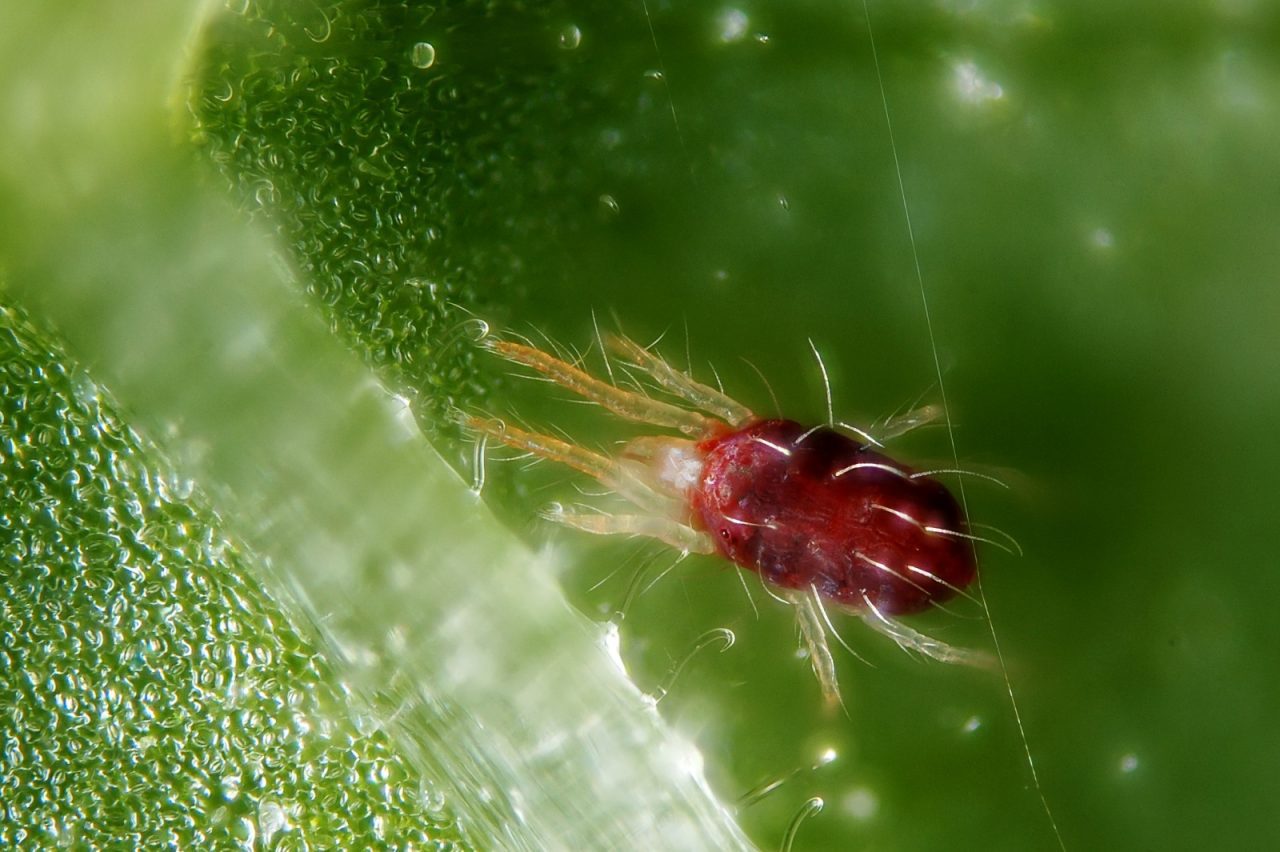Bald cypress trees are stunning landscape specimens, but they can fall victim to destructive spider mites These tiny pests suck sap from the foliage, leaving behind yellowing, stippled leaves covered in webs Severe infestations can even kill young trees. If your bald cypresses show signs of spider mite damage, don’t panic. With diligence and proper treatment, you can conquer the invasion and restore your trees’ beauty.
Identifying Spider Mites on Bald Cypress
Closely inspect the undersides of bald cypress leaves for the earliest signs of spider mites. Look for:
- Fine webbing
- Moving specks (the mites)
- Yellow, bronze, or stipple-marked foliage
Mites thrive in hot, dry conditions and multiply quickly. Left uncontrolled, populations explode and spread rapidly through your landscape. Catch infestations early by frequently checking for symptoms. Focus on new growth and the inner branches where mites congregate.
Effective Natural Treatments
For mild or limited infestations, non-chemical methods can eliminate spider mites and reinvigorate your bald cypresses.
Power Wash the Trees
A strong blast from the garden hose dislodges mites and destroys their webs. Concentrate on the underside of leaves. Repeat every few days until mites subside. Go easy around delicate new growth to avoid damage.
Apply Horticultural Oils
These organic oils smother mites on contact while being safe for plants and the environment. Coat infested foliage thoroughly especially the undersides of leaves. Reapply weekly for several weeks. Oils are most effective against young mites before webbing develops.
Introduce Predatory Insects
Ladybugs, lacewings, and other beneficial insects prey on spider mites. Attract them to your landscape by planting pollen and nectar sources like daisies, cosmos, and coneflowers. Avoid pesticides that harm populations of these helpful predators.
Chemical Controls for Severe Infestations
For heavy webbing and widespread damage, stronger chemical miticides may be necessary.
-
Insecticidal soaps dissolve mites’ outer membranes on contact. Spray thoroughly.
-
Miticide products contain potent chemicals that specifically target mites. Follow label directions closely to avoid harming trees. Apply at 7-10 day intervals for a few weeks.
Always evaluate the extent of infestation and tree health before choosing chemicals. Only use as a last resort for heavy damage, and exercise extreme caution around water features.
Call in Professionals for Stubborn Cases
Some extreme spider mite infestations persist despite diligent treatment. Populations rapidly rebound and spread without being fully eradicated. If you’ve exhausted other options:
-
Consult an arborist – A tree health specialist can assess the extent of damage and whether the tree can recover. The arborist determines the safest, most effective treatment plan.
-
Hire pest control – Professionals have industrial equipment to reach tall cypress trees and knowledge of the most potent miticide products when needed. They continually monitor and treat until mites are eliminated.
Though expensive, professional assistance can save treasured specimen trees that are overwhelmed by spider mites. Act quickly at the first signs of struggle before mites get out of control.
Prevent Recurrences with Proper Maintenance
The best defense is keeping bald cypress trees healthy and vigorous to withstand pests.
-
Water deeply every 7-10 days in dry weather. Stressed trees attract mites.
-
Avoid excess fertilization which causes succulent, tender growth mites prefer.
-
Prune for open structure and air circulation.
-
Clear leaf litter and debris around trees.
-
Monitor weekly for early detection.
With prompt, persistent treatment and good cultural practices, you can defeat destructive spider mites and maintain stunning bald cypresses. Don’t allow these tiny pests to destroy the beauty of your landscape.

Bald Cypress Rust Mite
The bald cypress rust mite, Epitrimerus taxodii, is also known as the swamp cypress rust mite. It attacks only bald cypress trees. This mite overwinters as plump, reddish females tucked into the crevices of the bark. After the new leaves form, overwintering females crawl out to feed and lay eggs from which hatch pale, slender mites — males and females — that infest the needles during the growing season. Rust mites rasp through the needle surface with their microscopic, scissor-like mouthparts and extract the cell contents below. As warm weather arrives, the mites reproduce rapidly until thousands can be found on a single leaf. Just visible with a 10-power hand lens, their numerous, white, cast skins are the easiest diagnostic sign to see. The summer mites are cream to very light brown. The last generation on the needles develops into the all-female, reddish, overwintering form.
Spider Mites and Bald Cypress
How do you get rid of spider mites on trees?
Keep the trees well irrigated since plant stress and dry conditions can attract spider mites and other insects. Spot treat the trees with insecticidal soap. In extreme situations, you could apply a less-toxic pesticide. The best course of action for your spider mite infestation depends on the extent of damage on your trees.
Do cypress trees have spider mites?
They are attracted to hot, dry conditions, and Texas definitely has plenty of that. Spider mites are mostly found on the underside of leaves and leave behind silk webs, eggs and damage. Some trees that are susceptible to this insect include cypress and cedar trees. Here are a few varieties that are especially known for having spider mites:
Do spider mites damage trees?
It’s surprising that such tiny creatures as spider mites can have such a big impact on trees. Even the largest tree can sustain serious damage. Read on to find out what to do about spider mites in trees.
Are there spider mites in Texas?
A common pest we see a lot of around the state is the spider mite. They are attracted to hot, dry conditions, and Texas definitely has plenty of that. Spider mites are mostly found on the underside of leaves and leave behind silk webs, eggs and damage. Some trees that are susceptible to this insect include cypress and cedar trees.
